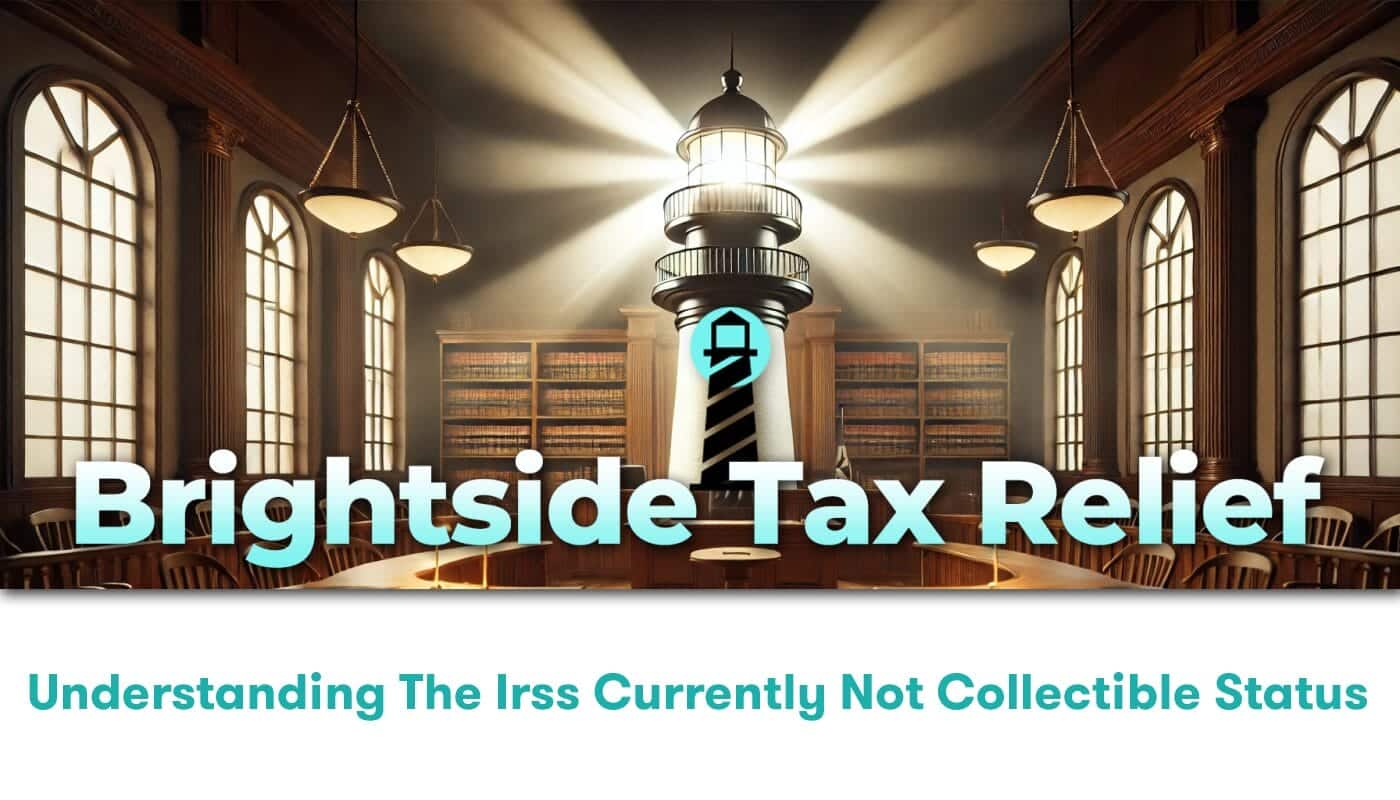Understanding the World of Gift Taxes
You’ve probably heard of income taxes, property taxes, and even sales taxes. But what about gift taxes? The term might seem unfamiliar, but as the name suggests, it pertains to the taxation of gifts – specifically, gifts that exceed a certain amount. At Brightside Tax Relief, we know that the details surrounding gift taxes can quickly become complex. We’ve noticed too many well-meaning individuals, utterly shocked to discover that their generous gift could end up costing them much more after taxes. Our mission is to provide you with the necessary knowledge to prevent unexpected tax issues and to navigate smoothly through the IRS regulations.
What Exactly is a Gift Tax?
The Internal Revenue Service (IRS) defines the gift tax as a tax on the transfer of property by one individual to another without any expectations of receiving something of equal value in return. The gift tax applies if the donor does not receive full consideration, in money or money’s worth, for the gift. The tax applies regardless of whether the donor intends the transfer to be a gift.
A Peek into the History of Gift Taxes
Tracing back to 1924, the gift tax was introduced to prevent wealthy individuals from avoiding the estate tax. It operates as a standalone tax. It’s separate from the federal income tax and complements rather than replaces the estate tax. Knowing the history helps in understanding the extensive regulation that revolves around the concept of gift taxes.
Exclusions from the Gift Tax
Here’s where the concept of gift taxes becomes a bit more intricate. Not every gift you give will be taxed. The IRS has set a limit, known as the annual exclusion, for the amount you can gift to each person within a year without incurring the gift tax.
An important thing to note is that the annual exclusion often changes due to inflation. For 2022, it stands at $16,000. This means you can give up to $16,000 to as many people as you wish in a single year, without facing the gift tax. Anything above this amount may be subject to the gift tax.
Other Important Exclusions
– Spousal Exemption: If your spouse is a U.S. citizen, you can give an unlimited amount of gifts to him or her free of gift tax.
– Educational Exclusion: If you make a payment directly to an educational institution to pay for the tuition of an individual, such payments are exempted from gift tax.
– Medical Exclusion: Payments that you make directly to a medical institution for someone’s medical expenses are also exempt from gift.
The Unified Credit
While each individual has an annual gift tax exemption, there is also an overall lifetime exemption known as the unified credit. For 2022, the unified credit is $12.06 million. This means that over the course of your lifetime, you can give away property and assets up to a value of $12.06 million, above your annual gift exclusions and still not pay gift tax.
For more information on gift tax exclusions and credits, you can visit the official IRS website here.
How Gift Taxes Work
Though a lot of gifts are not taxable, they must still be reported to the IRS. If you give gifts of over $15,000 to one person in a single year, you will need to file a gift tax return by April of the following year, even if the total amount you give does not exceed your lifetime exclusion.
Conclusion: Making the Most of Gift Tax Laws
The world of gift taxes can be complex, but it doesn’t have to be challenging. Understanding the rules and knowing your exemptions and exclusions can go a long way in helping you plan your personal finances or estate.
At Brightside Tax Relief, we are always available to help you navigate the intricacies of tax laws and procedures – ensuring you are always in compliance and making the most of tax laws. We certainly hope this information clarifies how gift taxes may affect you and your loved ones.
When in doubt, remember, each person’s tax situation is unique, and it is always best to consult with a tax professional before making any financial decisions.
Let’s keep the bright side up!






